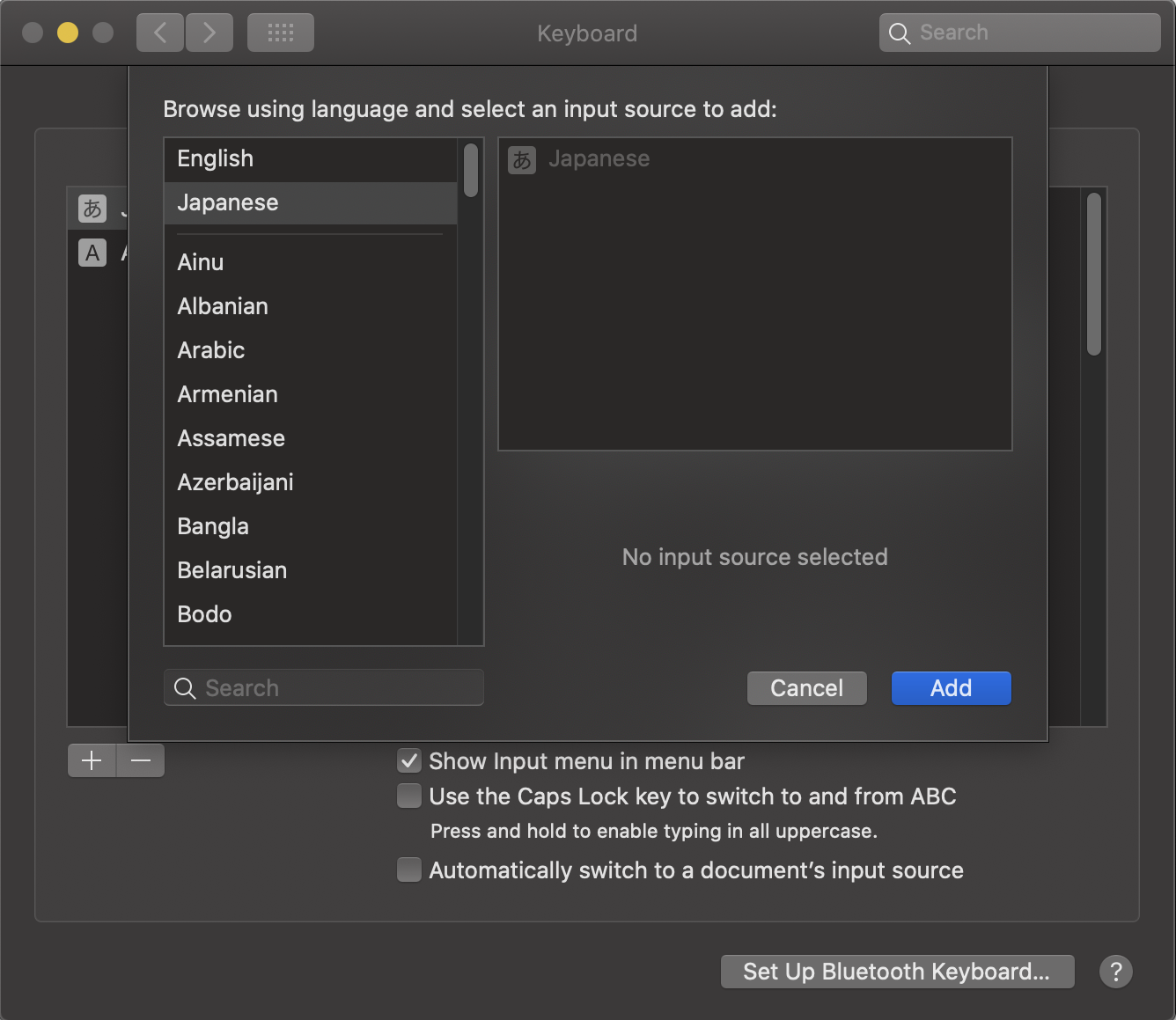
How long will it take me to achieve the desired level in my target language? Will I ever get there?
These can be excruciating questions for any diligent language learner, but knowing the answers can give you a sense of security and motivate you to work even harder toward your goal.
Today, we’re going to answer that pressing question: How long does it take to learn Chinese? We’ll give you the best possible answer for each of the three major levels in Chinese learning (beginner, intermediate, and advanced). Moreover, we’ll provide you with a few secret tips on how to learn Chinese effectively!
But first: Have you ever wondered why some people can learn Chinese quickly, and others learn it more slowly? Well, there are many contributing factors. Your language learning progress can be affected by any number of things, such as…
- …the kind of environment you’re in.
- …the amount of time and effort you dedicate to learning.
- …your own gift or knack for languages.
After reading this article, I believe you’ll have a much better idea of how long it will take you to master Chinese based on these and other factors.
 Table of Contents
Table of Contents
- The Factors Involved in Your Learning Progress
- How Long Does it Take to Achieve the Beginner Level?
- How Long Does it Take to Achieve the Intermediate Level?
- How Long Does it Take to Achieve the Advanced Level?
- Conclusion
1. The Factors Involved in Your Learning Progress
As mentioned, there are a few different things that can affect how long it takes to learn Chinese. Here’s a quick breakdown of those factors for you.
Your Native Language vs. Chinese
All of the time estimates in this guide are based on the assumption that your native language is English or one of the Romance languages, which are very different from the Chinese language. But if you happen to know one or more Asian languages already (such as Korean or Japanese), congratulations! This will definitely give you a major advantage and make the learning process a lot faster for you, because these languages share many similarities with Chinese.
Your Study Method
Everyone has his or her own way of learning and adapting to things. The first thing you should do is become aware of your personal strengths and weaknesses, and then find the best way to utilize or tackle them.
Secondly, determine your goal and main reason for learning the language. Do you want to become a fluent Chinese speaker so you can have fulfilling conversations while traveling? Or would you like to read a book in Chinese? Your answers to these questions will determine how much time you should assign to learning different parts of the language, such as reading comprehension/vocab memorization and speaking/pronunciation practice.
Once you pinpoint your goals, it’s time to take real action! Are you going to self-teach or learn the language systematically at an institution or convenient online class? To figure this out, ask yourself whether you thrive in people-oriented environments, or whether you have enough discipline to study by yourself. Either way, find the learning methods that best suit your interests and preferences.
From there, it’s all about dedication!
Your Own Dedication

If you want to achieve something, then you’ll have to pour your sweat and tears into it.
Have you established your goals and put a systematic learning system in place for yourself? Great! But that’s just the start. Learning a language is a daily practice that requires consistency; if you ever break that consistency, your progress may go downhill.
You need to always keep your motivation in mind and push yourself forward in this long journey, little by little. You might get upset sometimes, but remember that this happens to everyone. It may take a long time for the progress to reveal itself, so it’s normal to become frustrated. The important thing is that you don’t give up.
The Environment Around You
If you’re planning to move to China for work, study, or even just a short trip, take advantage of the opportunity and talk to people. Pay attention to the way they talk and never feel afraid to speak, even if you have limited proficiency.
If you were raised in a bilingual environment, this is another huge plus for learning a third language. This is because your brain has already adapted to language learning and switching between languages—one less factor to worry about!
Of course, it’s possible that you’re stuck in your own place for now and have no native Chinese speakers around. No worries! Try your best to create an immersive environment for yourself, whether that means listening to local Chinese audio sources, watching Chinese shows, or even trying to make a Chinese friend online. All of these things may boost your language speaking ability dramatically!
2. How Long Does it Take to Achieve the Beginner Level?
Regardless of your goals, it’s important to start strong as you enter the beginner level. Here’s some useful information on how long you can expect this to take, what the “beginner level” looks like, and how to get there quickly!
What a Chinese Beginner Needs to Know

The beginning part of the learning process is always the hardest!
HSK, also known as 汉语水平考试 (hàn yǔ shuǐ píng kǎo shì) in Chinese, is the only official Mandarin Chinese proficiency exam for non-native speakers in China. It includes six levels across the beginner, intermediate, and advanced stages.
As a beginner in the Chinese language, you should first start by learning the Pinyin system. Once you have that down, you can move on to learning phrases for basic daily greetings, self-introductions, telling the time, and asking for help and directions, as well as other everyday vocabulary.
Of course, your proficiency is very limited at this point. Chinese is a tonal language, a concept that is difficult for speakers of English and Romance languages to grasp. In addition, the writing system is quite different and thus complicated to learn. Don’t worry about those things just yet; try your best to master the basics first and the harder aspects will become easier as you progress.
Required Time to Achieve the Beginner Level
Because Chinese is one of the most difficult languages in the world, it usually takes more time to grasp the fundamentals than it would for other languages. Assuming a student is studying consistently on a daily basis and putting in quality effort, it should take around 30-50 hours to achieve a beginner level.
Secret Tips for Beginners
Are you feeling overwhelmed already, and wondering how to learn Chinese from scratch in the most efficient way possible? Don’t worry! These tips from ChineseClass101.com will help you make the most of your study time.
Tip #1
Take advantage of your free time or time between tasks! You can keep a stack of flashcards in your pocket to review throughout the day or repeat vocabulary in your head while waiting in line, doing chores, or even taking a shower. Don’t underestimate these precious moments; once they accumulate, they can become pretty powerful.
Tip #2
Watch some Netflix shows or YouTube videos in Chinese with the help of English or Chinese subtitles, and never let a new vocab word slip past you again! Once you catch a word you don’t know, pause the video and look it up. It can be excruciating to pause the video over and over again, but trust me: you’ll learn more this way than you would just being entertained!
Tip #3
Chinese is a flexible language. As a beginner, you should start by mastering the Pinyin and trying to get a hang of the tones. Once you grasp the pronunciation aspect, it’s time to learn the most frequently used vocabulary and practice using those words in sentences. Don’t worry about the writing just yet—after all, learning how to converse is the most important part of learning a language.
Sample Lesson from ChineseClass101 – “How are you?”
Language points: Common daily phrases
Highlight: Learn how to use Chinese adjectives and how to negate them.
Estimated time to study: An hour
Tips: Try to read out loud along with the video, doing so several times until you get used to reading the new phrases. Try reading them by yourself while thinking about the meaning.
3. How Long Does it Take to Achieve the Intermediate Level?
Depending on your goals, the next logical step is probably to begin working toward an intermediate level. But what exactly does this look like and how long will it take to get there?
What an Intermediate Chinese Learner Needs to Know

You’re getting better and better now after so much practice! Congratulations!
It takes about 1-3 years to become fluent in daily conversations in Chinese. At this level, you’ll be able to talk about what you’ve done and express your feelings, which are considered intermediate-level topics. Additionally, you should be able to articulate the different tones most of the time and be able to read any Chinese character with the help of Pinyin.
The writing system may still seem complicated to you as an intermediate learner, but you should be able to write some basic Chinese characters. In addition, you should be able to read most of the commonly used sentences and have a good understanding of how they’re structured.
Required Time to Achieve the Intermediate Level
I suggest you spend at least two hours a day studying, which will ensure you can achieve the intermediate level within three years. These two hours should be spent effectively, studying all aspects of the language: active reading, listening, speaking, and writing.
Secret Tips for Intermediate Chinese Learners
Tip #1
Instead of flashcards, you should now have a handbook of all the new and old vocabulary you’ve learned. You should form the habit of reviewing and updating it daily to keep track of your progress.
Tip #2
As you approach the intermediate level, you should try to start thinking like a Chinese speaker. This will pave the way for your upcoming advanced-level studies. Namely, you should actively learn Chinese like a native speaker and try to memorize vocabulary without translating it to your own language.
Sample Lesson from ChineseClass101 – “Chinese Study Abroad”
Language points: Vocabulary and grammar
Highlight: Learn how to stand up for yourself.
Estimated time to study: An hour and a half
Tips: Take advantage of the “Vocabulary” part of the lesson, because it will introduce you to the Chinese spelling, Pinyin, and pronunciation of the most commonly used words for daily conversations.
4. How Long Does it Take to Achieve the Advanced Level?
If your goal is to become completely fluent in Chinese, then let us congratulate you! That will be a huge accomplishment that will change your life for the better. To help you out, here’s everything you need to know about how to reach this level and how long it will take.
What an Advanced Chinese Learner Needs to Know

Gotta give yourself a thumbs-up if you ever achieve this level!
An advanced Chinese learner should be able to express things in depth and in a more elaborate manner. Prior to reaching this level, you should have started to learn more like a native speaker, meaning that you’re now able to speak, write, read, and listen without translation to your native language (most of the time).
Required Time to Achieve the Advanced Level
It takes about 4-7 years (roughly 2200 to 4000 hours) to become fluent in every aspect of the language, if you spend at least an hour and a half to study every day. However, it’s quite common for learners to become more fluent in some areas than others depending on how they allotted their study time. For example, you might have excellent Chinese speaking skills but have limited reading and writing ability.
Secret Tips for Advanced Chinese Learners
Tip #1
You should try to create the best possible language learning environment for yourself as possible. To do this, try to think and talk to yourself in Chinese whenever you can; this will enhance your ability to learn the language like a native speaker would. If you’ve experienced any struggles with thinking in Chinese, you should actively look for a solution to this problem while you continue to pick up useful vocabulary and expressions.
Tip #2
You should now challenge yourself by reading simple Chinese books and trying to keep a journal in Chinese. This will improve your skills in both reading and writing, as well as speaking. Above all, you should shift your goal from simply being able to converse to enriching the conversation.
Sample Lesson from ChineseClass101 – “The Joy of Being Busy”
Language points: Grammar, structure of sentences, and vocabulary
Highlight: Listen to our Chinese host talk about what she does in her spare time to relax in China.
Estimated time to study: Two hours
Tips: Try to learn the sentence patterns and common phrases used here. You can use them for your journal to make your writing sound more natural.
Conclusion

ChineseClass101 has the ultimate Chinese learning resources for you!
How long does it take to learn Chinese? By now, you should have a much clearer picture of the time commitment you’re looking at based on your goals. No matter what those goals are or where you are right now, there are two important things you should do to maximize your progress:
- Know your personal strengths and weaknesses.
- Build your own unique learning system.
ChineseClass101 has established a unique learning system customized for our dedicated members. Our approach allows students to learn Chinese in the fastest and easiest way possible. We provide thousands of practical, immersive lessons that will guide you through daily Chinese conversations with up-to-date vocabulary and colloquial language—and the fun doesn’t stop there!
You’ll also get a chance to experience Chinese culture and local life. Whether you’re a beginner or an advanced learner, you can be sure to find your perfect fit as we have lessons for every level of proficiency. Join now and you’ll get much more than learning materials. You’ll be getting the language learning experience of a lifetime!
How likely are you to start (or continue) learning Chinese after reading this article? Do you still have any questions or concerns? Let us know in the comments!













 Table of Contents
Table of Contents















 Table of Contents
Table of Contents















